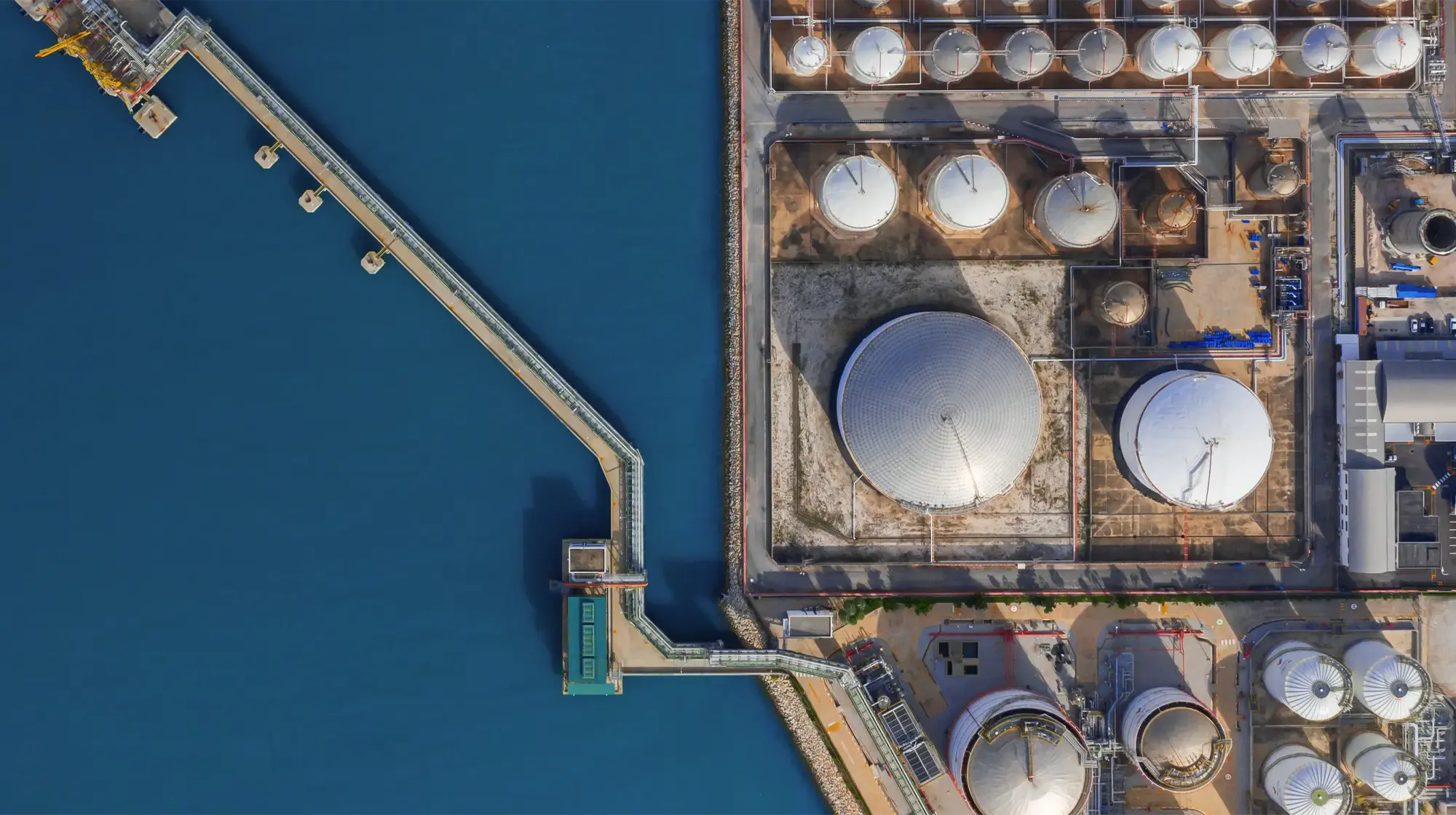Released June 17, 2024 | SUGAR LAND
en
Written by Daniel Graeber for Industrial Info Resources (Sugar Land, Texas)--There is no way to achieve a net-zero global economy without modernized infrastructure for carbon sequestration, the president of SLB's (NYSE:SLB) (Houston, Texas) clean energy arm said.
SLB, formerly Schlumberger, announced plans in March to spend about $380 million to acquire an 80% stake in Norway's Aker Carbon Capture (Lysaker). Olivier Le Peuch, SLB's chief executive officer, said at the time that carbon capture needs more investments to make a real impact on climate change, to the tune of 200 times the current level.
Speaking Friday, as the deal for Aker Carbon Capture closed, Gavin Rennick, the president of SLB's new energy division, said the world's industries need to adopt carbon capture and storage (CCS) quickly in order to achieve a net-zero economy.
"There is no credible pathway toward net zero without deploying carbon capture and sequestration at scale," he said.
CCS infrastructure is typically associated with the direct source of pollution. For example, Kinder Morgan Incorporated (NYSE:KMI) (Houston, Texas) leased some 10,800 acres near the Houston Ship Channel for potential CCS. The ship channel is located near major industrial emitters in the region, providing industries such as refining, chemicals and manufacturing with a decarbonization outlet.
The U.S. Department of Energy, meanwhile, said it plans to award more than $8 billion to carbon reduction and clean energy infrastructure projects across Texas and Louisiana.
The newly-minted SLB-Aker Carbon Capture joint venture will cater to both on and offshore sequestration technologies, including amine-based capture. Amines, compounds that contain a nitrogen atom, are considered integral for the absorption of carbon dioxide (CO2).
The joint venture boasts seven different technologies to capture carbon, with the combined potential to sequester 1 million metric tons of emissions per year.
"There is no business as usual in the push toward net zero," said Egil Fagerland, the chief executive officer for the joint venture. "We will accelerate decarbonization today and commercialize innovative technologies for the future."
The joint venture's position on carbon sequestration mirrors that of the International Energy Agency (IEA), which said that achieving a net-zero economy would be nearly impossible without it.
IEA data show there are around 50 or so carbon sequestration facilities in operation around the world. The industry is picking up, the IEA said, but the amount of carbon that's expected to be captured to 2030 is about 40% of what's needed to decarbonize the economy.
Industrial Info Resources (IIR) is the leading provider of industrial market intelligence. Since 1983, IIR has provided comprehensive research, news and analysis on the industrial process, manufacturing and energy related industries. IIR's Global Market Intelligence (GMI) helps companies identify and pursue trends across multiple markets with access to real, qualified and validated plant and project opportunities. Across the world, IIR is tracking over 200,000 current and future projects worth $17.8 Trillion (USD).
SLB, formerly Schlumberger, announced plans in March to spend about $380 million to acquire an 80% stake in Norway's Aker Carbon Capture (Lysaker). Olivier Le Peuch, SLB's chief executive officer, said at the time that carbon capture needs more investments to make a real impact on climate change, to the tune of 200 times the current level.
Speaking Friday, as the deal for Aker Carbon Capture closed, Gavin Rennick, the president of SLB's new energy division, said the world's industries need to adopt carbon capture and storage (CCS) quickly in order to achieve a net-zero economy.
"There is no credible pathway toward net zero without deploying carbon capture and sequestration at scale," he said.
CCS infrastructure is typically associated with the direct source of pollution. For example, Kinder Morgan Incorporated (NYSE:KMI) (Houston, Texas) leased some 10,800 acres near the Houston Ship Channel for potential CCS. The ship channel is located near major industrial emitters in the region, providing industries such as refining, chemicals and manufacturing with a decarbonization outlet.
The U.S. Department of Energy, meanwhile, said it plans to award more than $8 billion to carbon reduction and clean energy infrastructure projects across Texas and Louisiana.
The newly-minted SLB-Aker Carbon Capture joint venture will cater to both on and offshore sequestration technologies, including amine-based capture. Amines, compounds that contain a nitrogen atom, are considered integral for the absorption of carbon dioxide (CO2).
The joint venture boasts seven different technologies to capture carbon, with the combined potential to sequester 1 million metric tons of emissions per year.
"There is no business as usual in the push toward net zero," said Egil Fagerland, the chief executive officer for the joint venture. "We will accelerate decarbonization today and commercialize innovative technologies for the future."
The joint venture's position on carbon sequestration mirrors that of the International Energy Agency (IEA), which said that achieving a net-zero economy would be nearly impossible without it.
IEA data show there are around 50 or so carbon sequestration facilities in operation around the world. The industry is picking up, the IEA said, but the amount of carbon that's expected to be captured to 2030 is about 40% of what's needed to decarbonize the economy.
Industrial Info Resources (IIR) is the leading provider of industrial market intelligence. Since 1983, IIR has provided comprehensive research, news and analysis on the industrial process, manufacturing and energy related industries. IIR's Global Market Intelligence (GMI) helps companies identify and pursue trends across multiple markets with access to real, qualified and validated plant and project opportunities. Across the world, IIR is tracking over 200,000 current and future projects worth $17.8 Trillion (USD).


